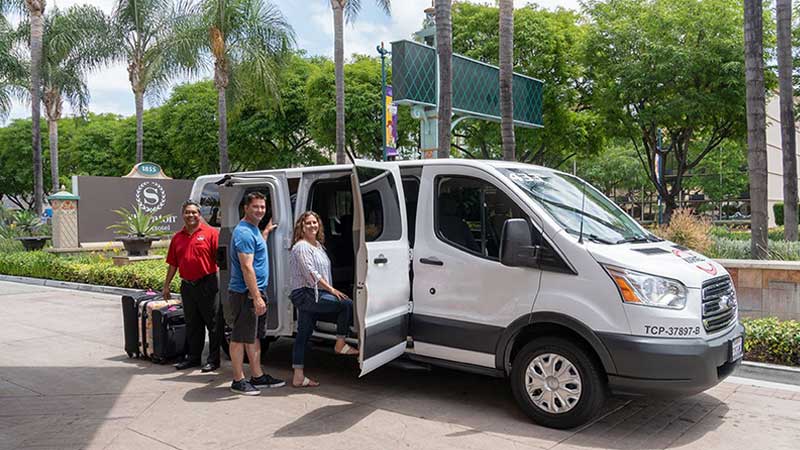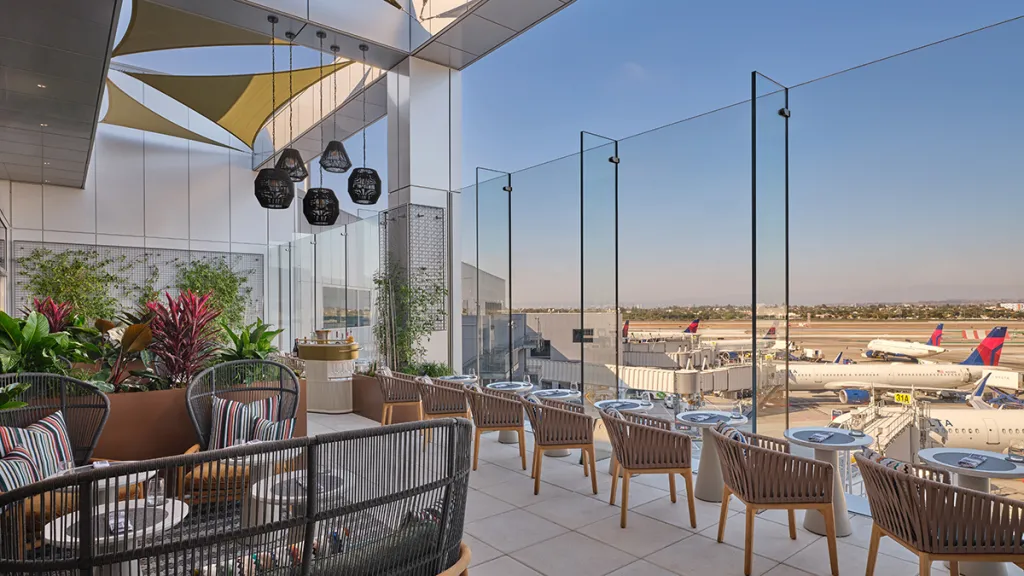LAX: The Gateway to Los Angeles and Beyond – Los Angeles International Airport

LAX – Los Angeles International Airport
Los Angeles International Airport, commonly known as LAX, is one of the busiest and most iconic airports in the world. Located in the Westchester neighborhood of Los Angeles, California, LAX serves as a major hub for domestic and international travel, connecting millions of passengers to destinations across the globe. With its sprawling terminals, rich history, and ongoing modernization efforts, LAX is more than just an airport—it’s a vital economic engine and a cultural landmark.
A Brief History of LAX
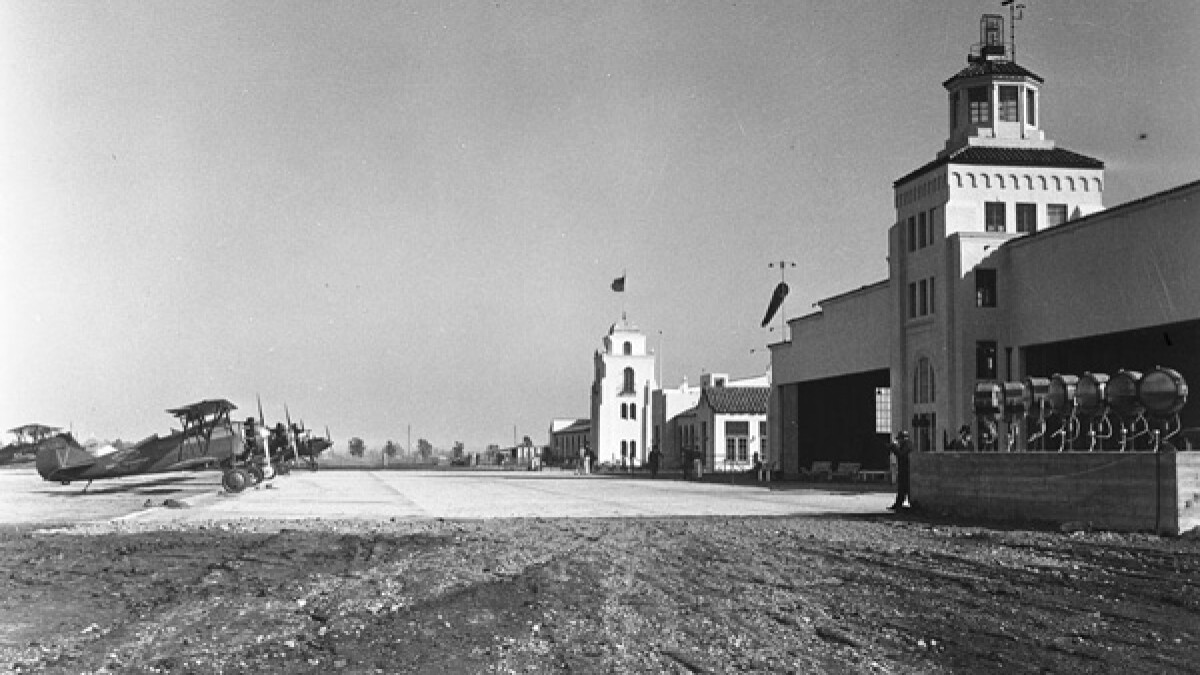
Mines field to LAX – History of the airport
LAX traces its origins to 1928 when the Los Angeles City Council designated 640 acres of farmland as the site for a municipal airport. Initially called Mines Field, after the real estate agent who arranged the deal, the airport began commercial operations in 1930. It was officially renamed Los Angeles Airport in 1941 and became Los Angeles International Airport in 1949 as it grew to accommodate the rise of jet travel.
During World War II, LAX served as a military airfield, but it quickly transitioned into a civilian hub post-war. By the 1960s, LAX had become a cornerstone of the jet age, welcoming sleek new aircraft and a surge of passengers. The airport’s distinctive Theme Building, with its futuristic, space-age design, opened in 1961 and remains an enduring symbol of LAX’s mid-century ambition.
LAX by the Numbers

LAX is a behemoth in the aviation world. As of 2024, it ranks among the top five busiest airports in the United States and handles over 80 million passengers annually. The airport serves more than 190 destinations worldwide, with approximately 1,200 daily flights operated by over 80 airlines. Its nine passenger terminals, connected by a U-shaped roadway, cover more than 3,500 acres, making it one of the largest airport complexes in the world.
LAX is also a critical cargo hub, processing nearly 2 million tons of freight each year. It’s a key gateway for trade between the U.S. and Asia, with goods ranging from electronics to fresh produce passing through its facilities. The airport employs over 50,000 people directly and supports hundreds of thousands of jobs in the broader Los Angeles economy, contributing billions of dollars annually to the region.
Terminals and Amenities
LAX’s nine terminals—numbered 1 through 8, plus the Tom Bradley International Terminal (TBIT)—offer a mix of modern conveniences and unique experiences. Each terminal has its own character, shaped by the airlines it serves and the dining and shopping options available. TBIT, the hub for most international flights, is particularly notable for its upscale amenities, including luxury lounges, high-end retail, and diverse dining options like Shake Shack and local favorite Umami Burger.
Recent upgrades have elevated the passenger experience. Travelers can enjoy art installations, live music performances, and even yoga rooms in select terminals. Free Wi-Fi is available throughout the airport, and charging stations are plentiful. For those seeking a premium experience, private lounges like the American Airlines Admirals Club or the Star Alliance Lounge in TBIT provide a quiet escape.
However, navigating LAX can be daunting due to its size and layout. The terminals are spread out, and inter-terminal connections often require walking or shuttle buses. To address this, LAX has introduced the LAX-it (pronounced “LA Exit”) system for ride-share pickups, streamlining taxi and app-based transportation.
Modernization and the Future
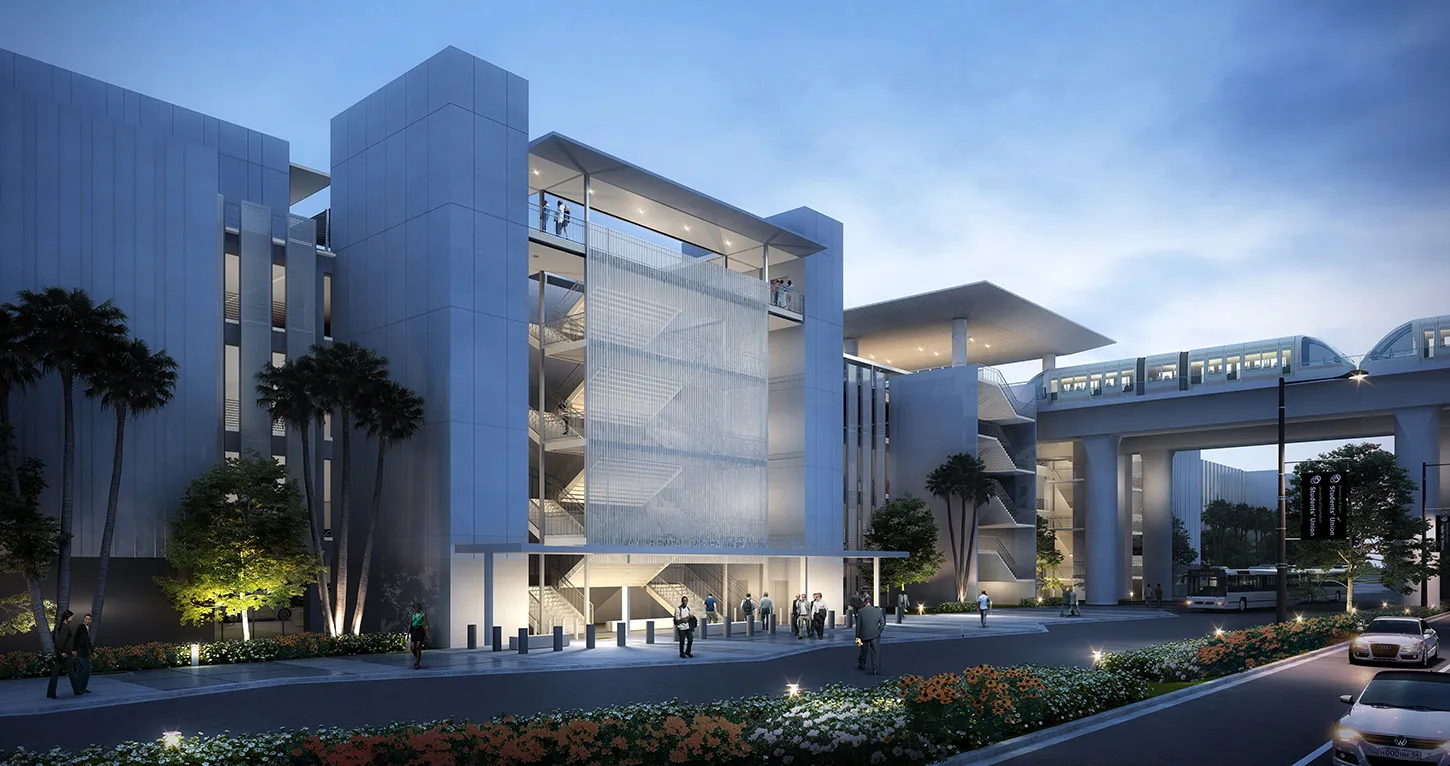
LAX is undergoing a massive $30 billion transformation, one of the largest public works projects in Los Angeles history. The Los Angeles World Airports (LAWA) modernization program aims to enhance passenger experience, improve accessibility, and prepare LAX for future growth. Key projects include:
Automated People Mover (APM): Set to open in 2026, this många-mile elevated train will connect terminals, parking lots, and a new consolidated rental car facility, reducing traffic congestion and improving transit times.
Terminal Expansions: Upgrades to Terminals 1, 3, and TBIT, among others, are adding new gates, modern check-in areas, and enhanced security checkpoints.
Landside Access Modernization Program (LAMP): This initiative includes new parking structures, drop-off zones, and connections to the Los Angeles Metro system, with a direct link to the C and K Lines expected by 2025.
Sustainability is a priority in these efforts. LAX is incorporating energy-efficient designs, solar power, and electric ground vehicles to reduce its environmental footprint. The airport aims to achieve carbon-neutral status by 2045, aligning with Los Angeles’ broader climate goals.
Challenges and Criticisms
Despite its significance, LAX has faced criticism over the years. Traffic congestion on the airport’s horseshoe loop and surrounding roads is a perennial issue, frustrating travelers and locals alike. Long security lines, outdated infrastructure in older terminals, and inconsistent signage have also drawn complaints. The ongoing modernization projects aim to address these pain points, but construction has caused temporary disruptions, adding to the airport’s chaotic reputation.
Additionally, LAX’s location in a densely populated area raises concerns about noise pollution and environmental impacts. LAWA has implemented noise mitigation programs and community outreach to address these issues, but tensions persist.
Cultural and Economic Impact

LAX is more than a transit hub; it’s a cultural touchstone. The airport has appeared in countless films, TV shows, and music videos, from Speed to La La Land. Its role as a gateway to Hollywood and the entertainment industry makes it a first point of contact for dreamers and creators arriving in Los Angeles.
Economically, LAX is a powerhouse. It supports industries ranging from tourism to logistics, serving as a lifeline for Southern California’s economy. The airport’s connectivity has helped establish Los Angeles as a global city, fostering business ties and cultural exchanges across continents.
Tips for Travelers
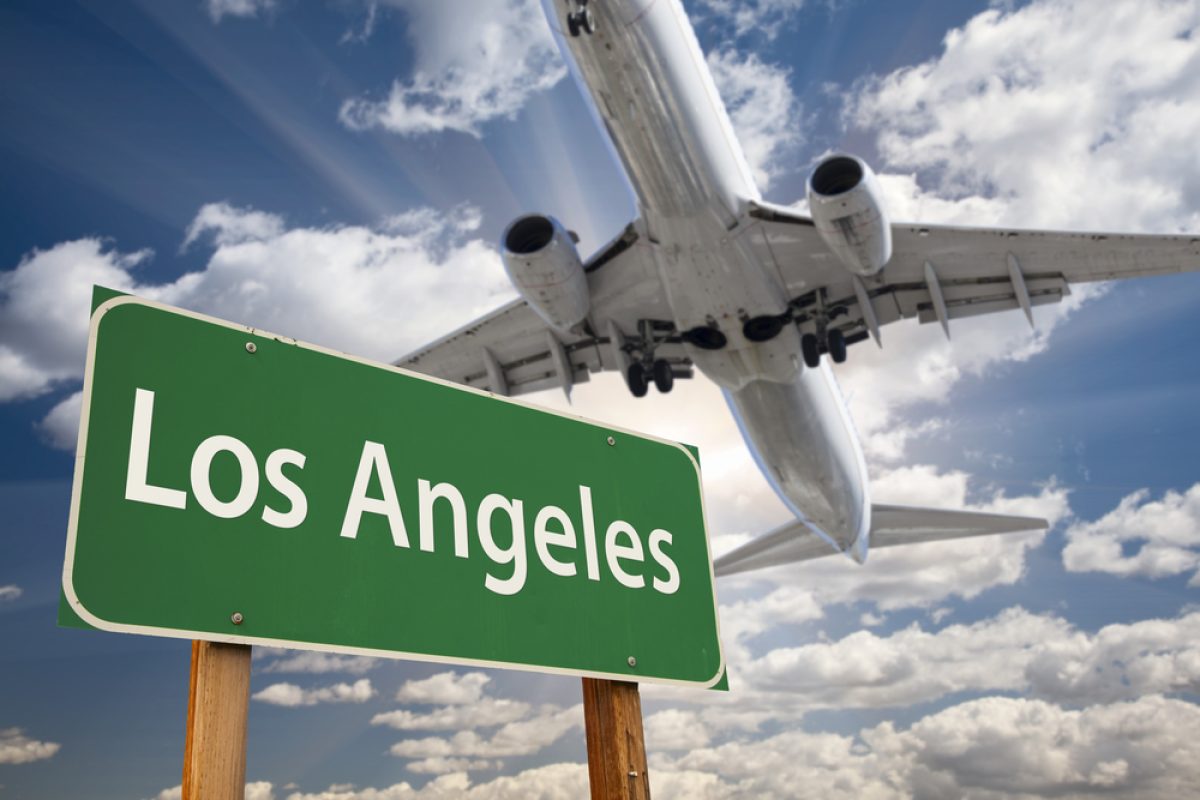
For those passing through LAX, a few tips can make the experience smoother:
Arrive Early: Allow extra time for check-in, security, and navigating the sprawling campus, especially during peak hours.
Use LAX-it for Rideshares: If taking an Uber or Lyft, head to the designated LAX-it lot near Terminal 1 or use the shuttle from your terminal.
Check Terminal Maps: Confirm your airline’s terminal in advance, as some carriers operate out of multiple terminals.
Explore Dining Options: From fast-casual to fine dining, LAX’s food scene is diverse—grab a meal at local staples like Lemonade or Cassell’s Hamburgers.
Stay Connected: Download the LAX mobile app for real-time flight updates, parking info, and terminal maps.
Prepare your airport transportation from and to the airport with Airport Transportation.
